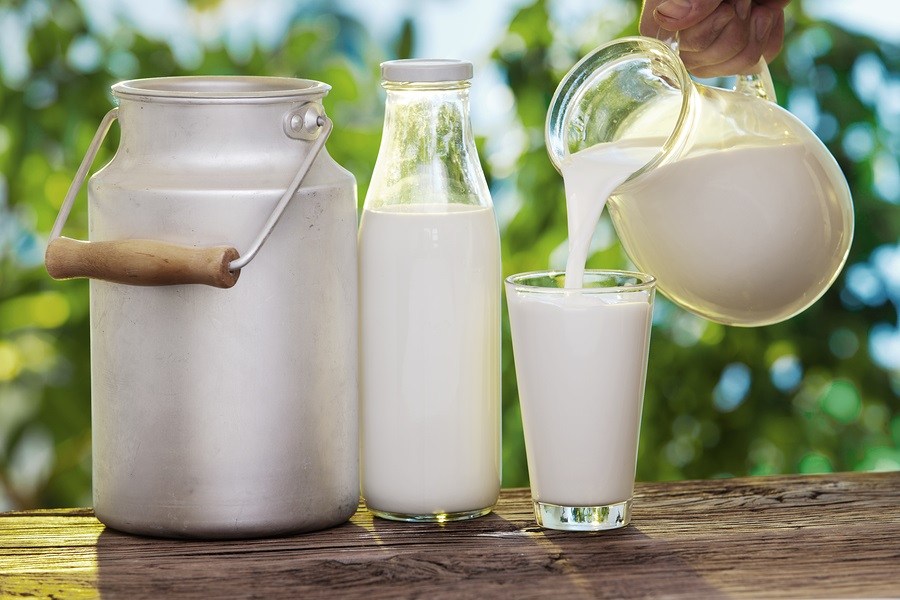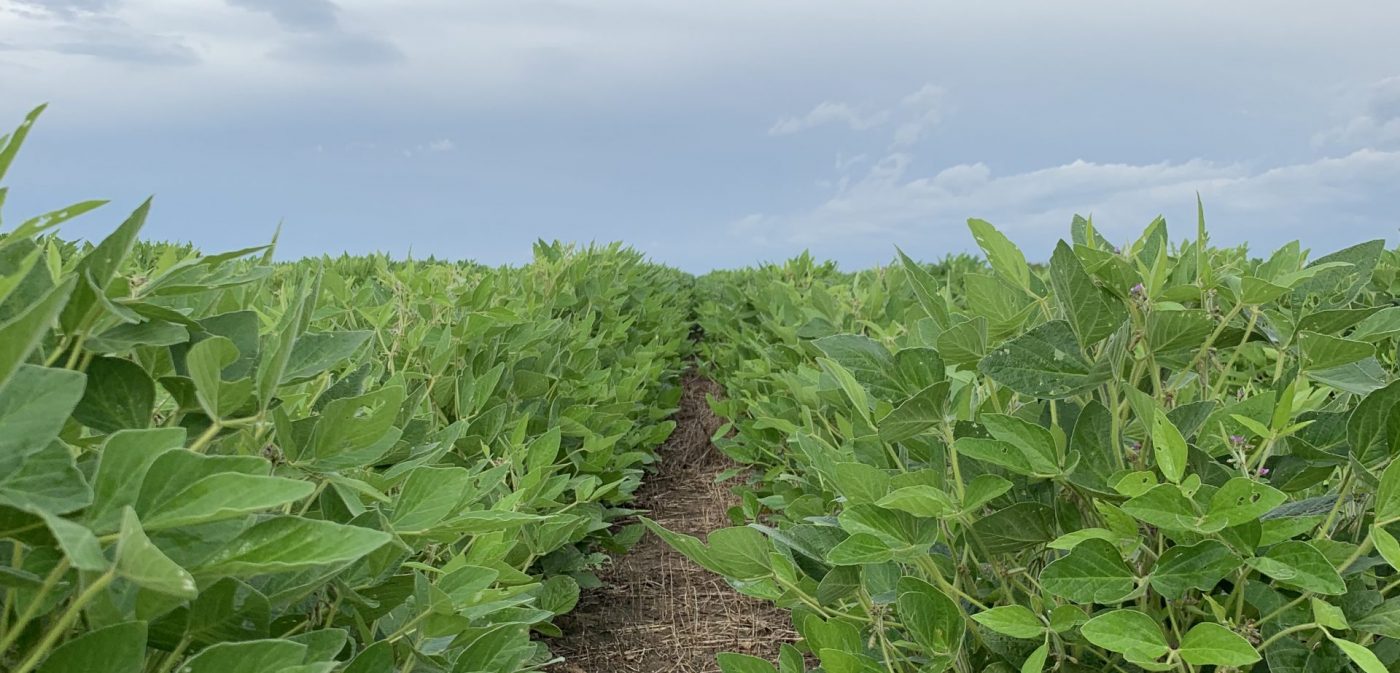
Healthy and Delicious: The Miracle of Milk!
I love cows. It’s as simple as that. One species, two delicious food products. I have raved about beef before as I am pretty biased having always lived on a beef cattle farm. However… I also love MILK!
What is Milk?
First of all… What is “milk?” No, really… What’s your definition of milk? If you look up the definition of milk in the Merriam-Webster Dictionary it says “a fluid secreted by the mammary glands of females for the nourishment of their young.”
The lacteal secretion, practically free from colostrum, obtained by the complete milking of one or more healthy cows which contains no less than 8.25% milk solids non fat and no less than 3.25% milkfat.
The legal definition of Milk according to the food and drug administration (FDA)
Definition Breakdown
Hold up… lets break that all down. “Lacteal secretion” means that there is no addition of water but is the pure product. “Complete milking” includes the fat phase of the milking process. “Healthy cows” simply means that they are not diseased. “Colostrum free” means that the cow is producing milk and not the “first secretion after parturition that is vital for newborn calf health and rumen development due to immunoglobulins.” There is a “minimum for milk solids non-fat (MSNF) and milk fat” to act as the legal prevention of diluting the product which would effect the nutrient content. All of these key points in the official FDA definition act as a Legal basis which protects the integrity of the product. This is important because we all want our milk to be a consistent product.
Could you imagine if the milk you buy at the store tasted slightly different every time…? People don’t talk about when their newly purchased milk is fresh and delicious but if you take it home and it tastes bad… YOU WOULD TELL EVERYONE!
Milk Composition
Now that you know the definition, what is milk actually composed of? Average raw milk is 87.1% water, 4.9% carbohydrates (lactose), 4% lipids (fat), 3.2% protein (casein and whey), and 0.7% minerals (ash). There are several things that can influence the composition. Breed and cow genetics play a BIG part especially when it comes to protein and fat. Lactation stage and cow health are always important when it comes to milk production. And lastly, season and human intervention can make the whole system fluctuate.
Now for a few examples to explain how milk composition can be influenced.

First of all, BREED! This is the most obvious factor. Different breeds have various strengths and weaknesses. The Jersey breed has the highest fat percentage which can be around 5.2%. However, most of the dairy cattle in the U.S. have stronger influences of the Holstein breed which have the “lowest” fat percentage at 3.4%. This is where GENETICS come into play. Are the cows purebred or are they crosses of a couple/few breeds?
Next up is LACTATION STAGE where there is a radical change of production and composition. As the number of days in milk increase: pounds of milk produced decrease, milk fat and protein increase, and lactose and minerals tend to stay consistent.

COW HEALTH is vital! If there is an infection in the udder, several things are affected. The level of ash (anything remaining after the complete combustion of the substance) increases. In particular, there is an increase of sodium and chloride. Fat, lactose, casein, and pounds produced also decrease. Because we want our livestock to be healthy, we treat infections with antibiotic therapy. Yup! Just like people when they’re sick. When production animals are treated with medicine, there is a withdrawal period which regulates when that animal can be reintroduced to the production cycle.
SEASON is important as there is a relationship to available feed and current lactation stage. During the warmer months, the total solids tend to decrease. When cattle are underfed, the MSNF will decrease. This causes more of an impact on protein rather than lactose. When cattle are overfed, MSNF increases.

And finally HUMAN INTERVENTION. This is one of the most important. During times of stress, livestock do not perform to the best of their ability. Happy cows produce more milk. There is no scientific reason why adding stress to a production animal would be positive. When working with animals, easy handling makes everyone have a better day. For example, when a cow is in a stressed situation the sympathetic nervous system kicks in. This is the “fight or flight” response. The release of adrenaline (combination of noroepinephrine and epinephrine) can move to any organ including the mammary cells, which decreases production.
So…Got Milk?

Alright… I know that was a lot of information but I hope the next time you go buy milk, you will think about the healthy cows that were milked to completion (and free of colostrum) to bring you a complete food product. And as much as plant-based fluids have been trending, it is not a natural product. Fresh milk (Whole, 2%, 1%, skim) is one main ingredient (with some added vitamins). I love plants so please don’t misunderstand my adversary of “fake milk” with the multiple uses that plants allow for. Linked below is one of my favorite satirical videos relating to the milk industry. If there is one thing you should take away from it, remember…almonds don’t have teats.


